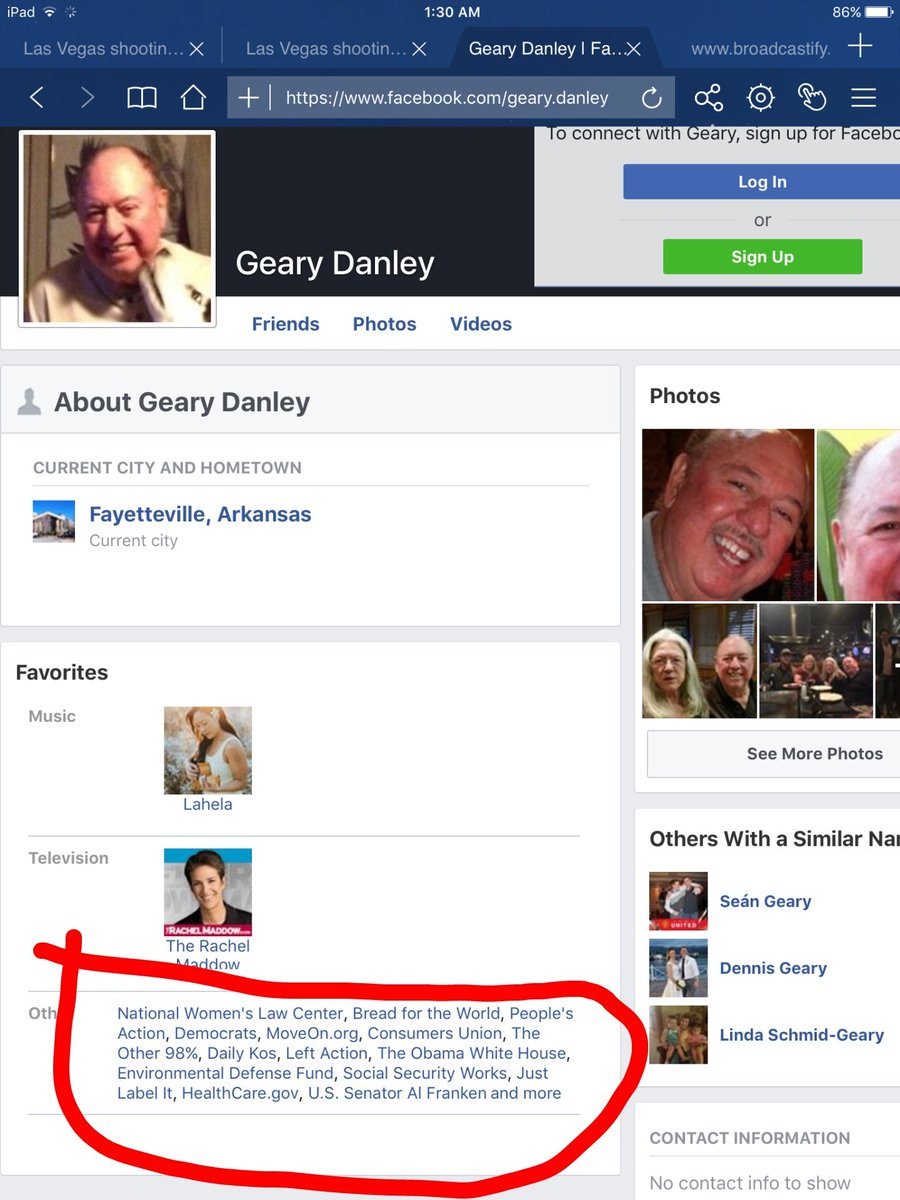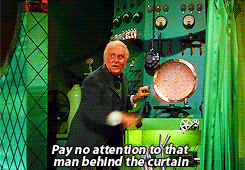Concert goers flee country music festival on the Las Vegas Strip, 1 October 2017
2 October 2017 – It was about 7:30am where I live in Europe when my iPhone news feed exploded with news of yet another mass shooting in the U.S. — this time in Las Vegas — that as of this writing has resulted in at least 55 people dead and 200+ injured in Las Vegas last night … the worst in modern American history. The suspect, Stephen Paddock, fired on the crowd at a country-music concert indiscriminately from his hotel room window with an automatic, military-style combat weapon. Paddock was a white, 64-year old man.
If it seems as though the U.S. had only just experienced the deadliest mass shooting in modern American history … well, because it did. It was only 16 months ago that Omar Mateen killed 49 people at the Pulse nightclub in Orlando after pledging allegiance to the Islamic State. Before that, the record was held by the mass shooting at Virginia Tech in 2007, in which 32 people were killed. Yes, the death toll from these shootings has increased dramatically. And as one pundit noted on Twitter early this morning “you know there is some nut job out there who is thinking “oh, I can top that number!'”
And since our world these days is filled with irony, what was I reading this morning over my coffee? A firm called Defense Distributed has launched a software that allows people to mill metal handgun bodies at home (for a video click here) and over the weekend Wired Magazine had an article that described it as a “totally concealable, untraceable … unregulated metal handgun.” For the full Wired article click here. In the wake of Las Vegas, one would think technologists should not provide such opportunities.
My personal view on U.S. home-grown massacres is simple:
- Too much untreated mental illness.
- Too much military weaponry.
- Too much political division/spinelessness.
- Too much $$ at stake for vested interests so nothing will ever change.
And despite 50+ dead, last night right-wingers and trolls did not want to miss an opportunity and so constructed an elaborate false narrative about the shooter’s identity. They first Tweets screamed “Muslim!” and “Terrorist!” Then when it turned out the shooter was white (yet still not identified) they pegged a guy named Geary Danley as the shooter because he is the estranged husband of Marilou Danley, who the police had identified as a “person of interest” since she was seen with Stephen Paddock. Plus they paired it with the now proven false story that Danley warned concert goers “you are all going to die” before event security carted her off … 45 minutes before Paddock began his shooting spree. Police now say “didn’t happen; she wasn’t there”.
And Geary Danley’s Facebook page has lots of “Likes” on anti-Trump pages. Right-leaning social media users and many Trump supporters latched on and said he was a fan of the Rachel Maddow show and liked several Facebook fan pages which included, ‘Thank You Obama,’ ‘Fight Trump,’ ‘Anti-Trump Army,’ ‘Progressive Day,’ ‘Organizing for Action,’ ‘Not My President,’ ‘Proud to Be A Democrat,’ ‘Boycott All Things Trump,’ and ‘Impeach Trump’ :
So the far-right Twitter and Facebook accounts accused him of being a “neo-liberal” and “alt-left” and tagged their posts with other political word dog whistles.
And at least 12 4chan threads … 4chan is the infamous online lair of the alt-right, infamous for trolling and spreading misinformation … workshopped the narrative that Geary Danley was the shooter and it became the number one hit for his name, plus boatload of political tags. Then the far-right Twitter and Facebook “bot machine” took over and the story was all over social media.
But then. Well …
Google News starting putting the 4chan threads in their top story unit based on one of their algorithms. Google News? Putting 4chan at the top its news feed?! The story became “legit”. I mean, hell. If it is in Google’s top news story stream then ….
Once it was determined that Geary Danley was not the shooter, well … let’s not waste an opportunity. The new far-right narrative formed that Stephen Paddock was “Antifa” and that has been having a good run on social media.
A lot of this analytical work I have learned over the past two years from Neal Rauhauser who is an expert on social botnet analysis and who has the tracking/analytic software to do such things as track:
- Individual operators with handfuls of provocative sock puppet accounts
- The account sharing among groups of operators
- Devices used & temporal signatures giving major clues on who is who
- Attrition rates on accounts and operators in orders of magnitude
And much, much more. I have been using the same analysis to detect the use of Russian bots to foment division over Trump’s handling of Puerto Rico.
Yes, I know. Everybody is focused on the Russians and their use of artificial intelligence to game social media. But the sophisticated critiques of Facebook are not about ideas and content that people don’t like, but rather the new structural forces that Facebook has created. And Twitter. And Google. News and information flow differently now than they did before Facebook; capturing the human attention that constitutes that flow is Facebook’s raison d’être (and value to advertisers). Now that it has done so, Zuckerberg would like to pretend that his software is a pure conduit through which social and political truths can flow.
Mark Zuckerberg is a piece of … well, he’s in it ONLY for the $$. He and Peter Thiel know that deep learning in some ways mimics what goes on in the human brain, but only in a shallow way – which perhaps explains why social media “intelligence” can sometimes seem so shallow.
The algorithms of click bait, echo chambers and adtech also have their basis in BF Skinner’s “rat-in-the-box” experiments. Russia has merely taken advantage. They are far, far, far more expert than us. And the social media/news distribution structures in place go far, far beyond the ogre of AI.
The far-right and the Russians are using the same tactics:
- Impersonating identities, and using false identities, accounts or user names that closely mimic or copy real personas
- Using advertising to build audiences on Facebook pages or groups that can further spread misinformation or cause division
- Creating fake news articles and publish them organically on social media, like Facebook and Twitter
- Using bots to amplify divisive speech and to sow confusion
- Capitalizing on existing political divisions
Yes, the highest-profile recent criticisms of Facebook stem from its role in Trump’s election. But there are two components to this, one of them implicit in the nature of the site, which has an inherent tendency to fragment and atomise its users into like-minded groups. The mission to “connect” turns out to mean, in practice, connect with people who agree with you. We can’t prove just how dangerous these “filter bubbles” are to our societies, but it seems clear that they are having a severe impact on our increasingly fragmented polity. Our conception of “we” is becoming narrower.
NOTE: I have 5 Facebook accounts. One is the “real” me and the other 4 are fake profiles to see what kinds of stuff those “other worlds” attract, done so for my upcoming Facebook series (see below). Each is accessed via it’s own anonymous device ID, none tied to me. So if somebody is trying to track/investigate ME, they don’t get to the man behind the curtain. I also run several fake Twitter accounts. Same purpose.
The second component is the fragmentation thus created … taken to full advantage by the far-right … so much so that we have retreated from what John Lanchester calls “a general agora of public debate into separate ideological bunkers. In the open air, fake news can be debated and exposed; on Facebook, if you aren’t a member of the community being served the lies, you’re quite likely never to know that they are in circulation”.
What is CRUCIAL in all of this is that Facebook has no financial interest in telling the truth. No company better exemplifies the internet-age dictum that if the product is free, you are the product. Facebook’s customers aren’t the people who are on the site: its customers are the advertisers who use its network and who relish its ability to direct ads to receptive audiences. Why would Facebook care if the news streaming over the site is fake? Its interest is in the targeting, not in the content.
More importantly, Facebook and its competitor social networks are part of a largely unregulated Wild West of political spending, a reality to which legislators and regulators are only now starting to awaken. Zuckerberg said last week that he wants to make political ads on the platform “more transparent” — in other words, for the most part, making them more like campaign ads on TV, where they come with a disclaimer identifying who is responsible for them.
However, unlike TV, many of the political ads purchased on Facebook don’t fit the traditional definition of a “political ad.” And even after Zuckerberg’s announcement, Facebook hasn’t said what exactly they’ll term a political ad that must come with a disclaimer and be made public. It is interesting to note what Jack Glee of Politico points out:
At least some of the $100,000 worth of politically-themed ads linked to a Russian troll farm purchased during the 2016 election that Facebook has disclosed, which according to what Facebook has said were not traditional campaign ads, would not be subject to any of the new policies Zuckerberg half-described. Fancy that.
So unless Facebook is planning a far more radical change to its business than it has suggested so far, if you wanted to, you could go on the site tomorrow and spend unlimited sums making sure that people see a story harmful to the chances of a candidate you oppose and it would likely go unchecked. A major donor with a few hundred million dollars burning a hole in their pocket could do the same.
And let’s face it. Facebook and the government have less than a year to go before the midterms. If they want to take truly meaningful action, time is running out. Me? I am very, very, very skeptical that the Federal Election Commission could effectively answer all the questions involved in regulating digital advertisements — starting with fundamental issues of identifying what, exactly, counts as a political ad in a world where individuals and organizations can pay to promote news stories, op-eds, memes, videos and other messages.
And the biggie. The dominant form of advertising on Facebook is its Sponsored Posts, which are posts that any owner of a Facebook Page can pay to promote so that people who do not follow the Page will see them. These posts can be regular ads, but they don’t have to be. Media organizations, for instance, will often pay to promote their articles or videos — so if you see, say, an article from the New York Times, the Wall Street Journal, CNN, or any number of other media outlets showing up in your feed even though you don’t follow that outlet and none of your friends shared the article, that’s what happened.
Last point. Broadcasters are required to keep records of the political ads they run on their air and who pays for them. No such register exists in the digital space. And while a television ad will likely be seen by a broad group of people — including political opponents, who can respond, and members of the media, who can fact-check — that’s not always the case on Facebook.
In my next series of posts (a 4-parter) I will go into more detail on each of these issues. I have spent the last 6 months in Athens, D.C., Kiev, Paris and Rome with ex-Facebook engineers, Russian trolls, and intelligence community contacts. I trust you’ll find it an interesting series.



